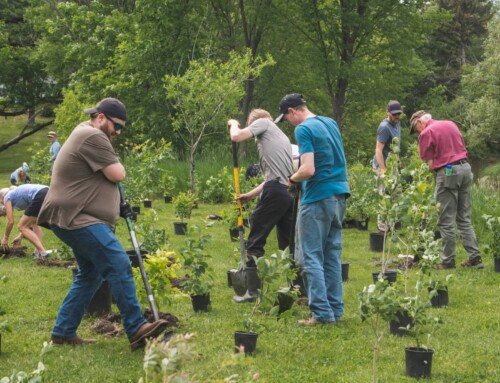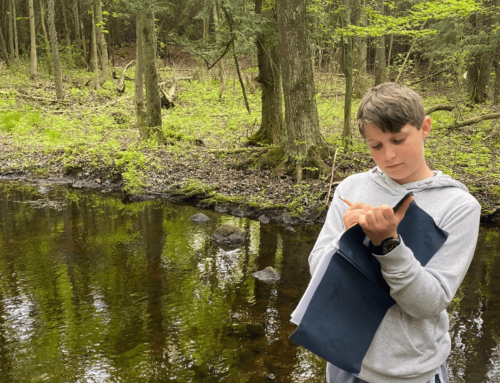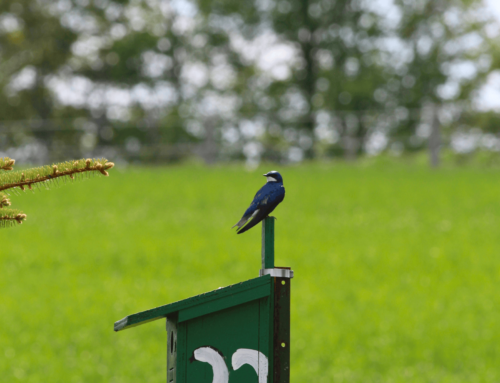Do you already know what is ‘compostable’, but don’t know how it actually decomposes into ‘black gold’? As I was preparing for a Composting workshop at the 29-5 Community Garden, there was so much I didn’t know about this ‘art’ of composting.
First off, I knew about the simple Green and Brown layering technique but haven’t mastered it using my small rolling composter from my apartment kitchen food scraps. I had neglected to add enough ‘Brown’ material. My first batch of compost came about 8 months later….which seemed like quite a long time! Now I know I wasn’t putting in the correct ratio of ingredients, and there are ways to speed it up!
Compost Layer Contents
General instructions: 2-3 inches each of green and brown layers, with a thinner black layer on top (It’ll look like the words layered below!). Repeat layers until filled. Aerate & keep moist.
Black: Injecting a layer of microbes to speed the compost process.
Examples: A shovel of garden soil, finished compost, composted animal manure.
Brown: Carbon-Rich Material feeds the microbes. Think of mature/processed/dried plant material.
Examples: Old leaves (not fresh), cardboard, shredded newspaper, dried grass clippings, straw, paper towels, brown paper bags.
Green: Nitrogen-Rich Material, microbes’ protein building block.
Examples: Kitchen Scraps, freshly fallen leaves/grass clippings, leafy weeds, hair (human and pets), coffee grounds, green garden trimmings.
Tips:
- Always cover fresh kitchen scraps with ‘Brown’ layer or place underneath/in the centre of pile to deter pests, from fruit flies to bears.
- Have bins to collect and keep dry your ‘Brown’ Material, such as extra grass clippings, leaves, straw, cardboard, newspaper
- Don’t put weed seeds/diseased plants into your compost unless you’re able to make a ‘hot compost pile’ reaching 130F or 54C Degrees.
Resources:
– Great article: Composting 101 from Rodale Organic Life
– Good Tips! Metro Vancouver’s Backyard Composting Guide
– general gardening books show you how to make a bin and layers
– The Complete Compost Gardening Guide Book
Tools: Watering can/spray nozzle, Wingdigger aerator, pitchfork as aerator, thermometer with long string.






